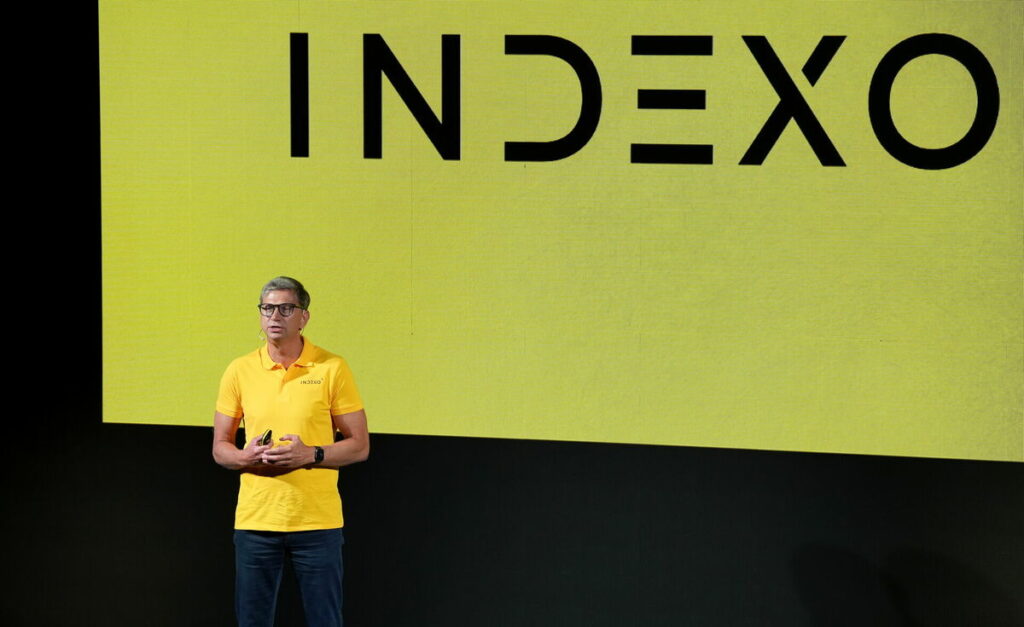Since the inception of HCE (Host Card Emulation) in 2012, and the subsequent official support of HCE technology by Visa and Mastercard in 2014, there has been a lot of discussion about whether HCE-enabled digital wallet will or will not become the next big thing in the world of payments. Meanwhile, results of recent studies show that the market is already on its way towards this end point.
Digital Wallet growth
According to a recent study conducted by Juniper Research, the user base of contactless wallet service providers such as Apple Wallet & Android Pay rose from a few million in 2014 to almost 80 million in 2016. This shows a clear exponential growth of digital wallet adoption, growth that is expected to continue at the current rate over the next few years.
The most popular uses of digital wallet today are for making online payments for physical goods (43% of transactions) and for making domestic money transfers (39%). Despite the fact that contactless in-store transactions using HCE account for only about 5% of all digital wallet usage cases at the moment, Juniper predicts that this number could more than double to 12% by the year 2021.
Not only for payments
According to the 5th annual MasterCard Digital Payments Study, customers are looking at digital wallet not only from the perspective of making payments, whether online or in-store, but also in terms of the additional services that they can receive with those wallets. Among the top additional functionalities desired is that of using a wallet for storing digitized copies of loyalty cards and for supporting closed-loop payment systems for public transportation. And as for security, over 53% of social media conversations examined during the study were concerning security issues, discussing the latest security breaches and phishing attacks.
Meanwhile, the latest study, conducted by Aite Group, shows that more than 80% of wallet users believe that the data in their wallets can be considered secure. This clearly shows that customers believe that making payments with a mobile is more secure than making payments with their desktop or laptop computer. For wallet service providers and financial institutions considering the development of their own in-house digital wallet, this might be just the right time to act on the high level of trust shown by customers. That is, of course, as long as financial institutions follow best security practices and continuously inform customers about new fraud schemes and how best to avoid them.
3 key takeaways
- There is almost no doubt that the mobile wallet space is growing exponentially and will continue to expand rapidly. If you are a financial institution, looking for new ways to attract customers, then developing a wallet solution for your customers might be just the right thing to do at the moment.
- Customers are increasingly looking at mobile wallets from a wider perspective, not just as devices to make payments, but also as proxies for their physical wallets where they can store their loyalty cards, public transport cards, vouchers, etc.; all in a digital form and in one secure place. This aspect of desired extended functionality is important to note, especially if your financial institution is in the process of wallet solution implementation right now.
- Most customers trust wallet providers and believe that data stored in wallets is secure. This could be a good opportunity for financial institutions to capitalize on these perceptions and might be a perfect time to enter the mobile wallet space.
Conclusion
Digital wallet is a part of the Tokenization Platform we offer. This will be useful for any financial institution, looking to build its issuer wallet product for making payments and even beyond that. We have previously worked on similar projects and have experience in building digital wallets. For example, you can check out a P2P Mobile Payments app we built in 2015 or the Mastercard MCBP wallet we built in 2016.




